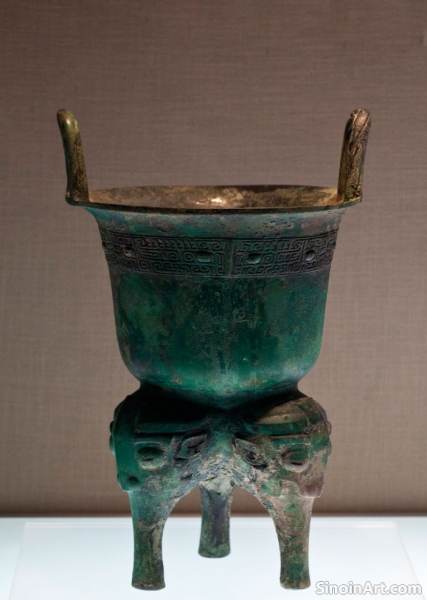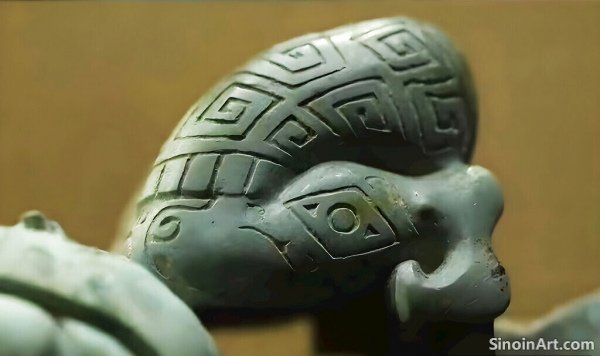The Use of Bronze in Ancient Chinese Transportation: Chariots and Fittings
|
Beyond ritual vessels and weapons, bronze also played an essential role in ancient Chinese transportation, particularly in the construction and decoration of chariots. The use of bronze in these objects reflects the technological prowess, social hierarchy, and military capabilities of the Shang and Zhou Dynasties. The use of bronze in transportation highlights the importance of the material during this period.  Bronze fittings, such as axle caps, wheel hubs, and decorative plates, were used to enhance the strength, durability, and visual appeal of chariots. The use of bronze in these items allowed for lighter, stronger, and more aesthetically pleasing designs. The use of bronze improved both the performance and the appearance of the chariots.  Chariots were not simply modes of transportation; they were also symbols of power and social status. Their visual appearance and the use of bronze were designed to communicate the position and importance of those who controlled them. The visual display of chariots was as important as their functional purpose.  Bronze bells were often attached to chariots, not only to add to their visual impact but also to create a distinctive sound that would convey authority and status. The bells added a new sensory element to these machines of war and transport. The interplay between visual and auditory elements made them powerful symbols of power. The study of bronze in ancient Chinese transportation reveals not only the technological sophistication of the ancient world but also the complex interactions between social, political, and military power. The study of bronze used in chariots provides valuable insights into the social and political dynamics of the era. The way in which bronze was used in transportation is a fascinating element of ancient Chinese culture. |
Tag : bronze chariots, ancient transportation, Chinese bronze fittings, Zhou Dynasty vehicles, ancient technology
Related information
- The Preservation of Bronze Artifacts: Understanding the Chemistry of Corrosion and Deterioration
- The Development of Bronze Mirrors in the Han Dynasty: New Styles and Social Significance
- Bronze Ware and Ancient Chinese Astronomy: Decoding Celestial Patterns and Calendars
- The Influence of Bronze Ware on the Development of Chinese Seal Carving
- The Enduring Legacy of Bronze Ware: A Bridge Between Ancient and Modern China
This article explores the chemistry of bronze corrosion and deterioration, highlighting the scientific principles behind conservation efforts, and the methods and techniques used to stabilize and preserve these artifacts for future generations.
This article explores the development of bronze mirrors in the Han Dynasty, highlighting new styles, complex designs, their incorporation of cosmology, their role as status symbols, and the insights they offer into Han society.
This article explores how bronze ware reflects ancient Chinese understandings of astronomy, highlighting the use of celestial patterns, depictions of constellations, and the connection between astronomical knowledge and ritual practices.
This article explores the influence of bronze ware on the development of Chinese seal carving, highlighting the shared techniques, the stylistic similarities, the transmission of decorative motifs, and the interconnectedness of these two art forms.
This article reflects on the enduring legacy of Chinese bronze ware, emphasizing its continuing influence on art and culture, its role as a bridge between ancient and modern China, and the importance of preserving these invaluable treasures for future generations.